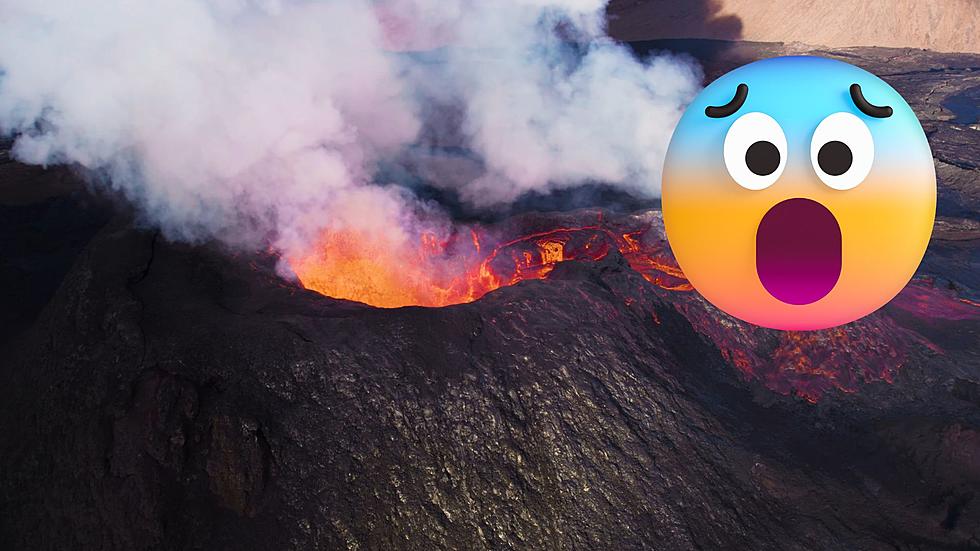
When Does Daylight Saving Time Start In North Dakota?
Winters are always long and rough here in North Dakota, but with the winter solstice behind us, things will soon be changing, and Daylight Saving Time will help.
Summertime seems a lifetime away, with its heat, excitement, and countless days spent lounging on the water or in state parks.
The fact that the sun sets every night before five o'clock also doesn't help.
On the bright side, there is some hope left!
By the end of January, North Dakota will receive an additional 40 minutes of sunlight each day on average.

But what really helps spring us into the next season—warmer days and more sun—is, of course, when we lose an hour of sleep and spring ahead into daylight savings.
Daylight Saving Time History
It is a little-known fact that a few hundred Canadians surpassed the German Empire by eight years, despite the fact that Germany and Austria were the first nations to utilize DST in 1916.
The world's first DST period began on July 1, 1908, when the people living in Port Arthur, Ontario, or what is now Thunder Bay, moved their clocks ahead by one hour.
Soon after, other Canadian locations did the same. DST was first introduced in Regina, Saskatchewan, on April 23, 1914. On April 24, 1916, the Manitoban cities of Winnipeg and Brandon accomplished this.
Daylight Saving Time in Regina "proved so popular that the bylaw now brings it into effect automatically," according to the Manitoba Free Press, published on April 3, 1916.

Law text for the world's first nationwide DST switch (Reichsgesetzblatt, German Empire, 1916).
Germany Popularized DST
Still, the concept did not become widely accepted until 1916, when Germany instituted DST. April 30, 1916, two years into World War I, saw the advance of clocks by one hour throughout the German Empire and its ally, Austria.
The idea was to reduce artificial illumination as much as possible to conserve fuel for the war effort.
The United Kingdom, France, and numerous other nations adopted the concept in a matter of weeks. After the First World War, the majority of them switched back to standard time, and DST wasn't reinstated in much of Europe until the Second World War.
Who Invented DST?
You can praise British builder William Willett and New Zealand scientist George Vernon Hudson if you agree that Daylight Saving Time is a good idea.
The Wellington Philosophical Society received a presentation from Hudson in 1895 that suggested moving the clocks forward by two hours in October and backward by two hours in March. Although there was interest in the concept, it was never implemented.
British builder William Willett proposed in 1905, separately from Hudson, to move the clocks forward by twenty minutes on each of the four Sundays in April and backward by the same amount on each of the four Sundays in September, for a total of eight time changes annually.
First Daylight Saving Law
British Member of Parliament Robert Pearce was drawn to Willett's Daylight Savings concept, and in February 1908 he filed a bill in the House of Commons.
Drafted in 1909, the first Daylight Saving Bill was presented to Parliament multiple times and was later reviewed by a select committee. But a lot of people opposed it, especially farmers, so the bill never became law.
Willett passed away in 1915, the year before DST was implemented in the UK in May of 1916. Seven years before he died in a small Ontario hamlet, it is unknown if he knew that his idea had come to pass.
Benjamin Franklin, the Father of DST?
Benjamin Franklin is credited by numerous accounts as being the first to propose a seasonal time change. Still, it is difficult to characterize the notion put forth by the politician and inventor from America in 1784 as essential to the advancement of contemporary DST.
It didn't even require changing the clocks, after all. Franklin made the straightforward suggestion that Parisians reduce their use of candles by encouraging people to get out of bed earlier in the morning in a letter titled "An Economical Project for Diminishing the Cost of Light," addressed to the Journal of Paris editor. Moreover, Franklin intended it as a joke.
An Ancient Idea
While DST as we know it now has only been in operation for almost a century, similar practices date back thousands of years in ancient cultures. For instance, to align daily routines with solar time, Roman water clocks had varying scales for each month of the year.
Daylight Saving Today
Today, Daylight Saving Time is observed in more than 70 countries and has an annual impact on more than one billion people. The start and finish dates differ between nations.
When Is Day Light Savings 2024?
Thanks to smartphones and smartwatches that automatically advance the clock by one hour, most of us don't really need to think about changing all the clocks in our homes or apartments.
However, you will still need to adjust the time on your stove, coffee maker, and microwave. The old-fashioned alarm clock I use will also need to be reset.
In the Peace Garden State, daylight savings time will begin at two in the morning on March 10.
On Saturday, March 9, the sun will set in North Dakota at approximately 6 p.m. After the time change and the conclusion of normal time on the next day, sunset occurs at 7 p.m. On Sunday, March 10, the sun will rise at approximately 7:16 a.m., having risen at 6:18 a.m. on Saturday, March 9. This is nearly an hour later than expected.
20 Montana Bucket List Destinations You Have to See
Gallery Credit: Michael Foth
The Worst Oscar Snubs of 2024
More From KEYZ AM 660









